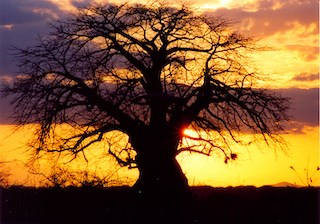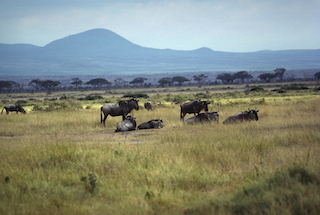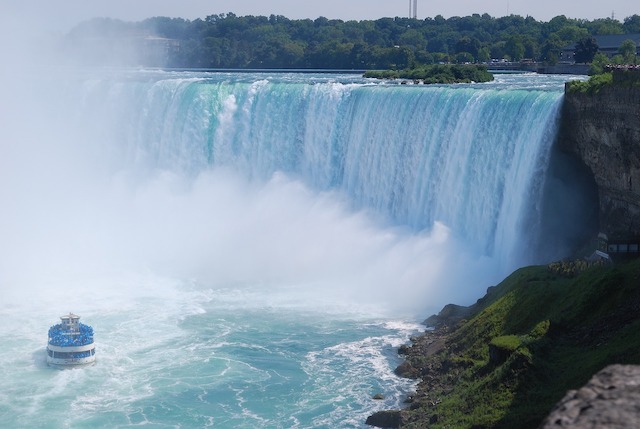Kenya Is The Jewel Of East Africa
Kenya, a country located in East Africa, offers rich experiences that blend vibrant culture, pretty land scapes, and diverse wild life. This article provides a deep report of Kenya, its unique points, must see views, culture, and practical travel tips to help you make the most of your visit to this remarkable nation.
 Geography and climate of Kenya
Geography and climate of Kenya
Kenya lies on the eastern coast of Africa, with Ethiopia to the north, Somalia to the east, Tanzania to the south, Uganda to the west, and South Sudan to the north west. Its diverse land scape includes plains, mountains, deserts, and coastal plains. The Great rift valley, a significant feature, bisects the country, creating dramatic views and a fertile ground for various flora and fauna.
Kenya’s climate varies significantly from one region to another. The coastal areas experience warm temperatures, while the central lands enjoy cooler temperatures. The northern parts of Kenya are arid, experiencing extreme temperatures and limited rains. The country experiences two main rainy seasons: the long rains from March to May and the short rains from October to December. The rest of the year is relatively dry, with ample chances for travel.
Wildlife and national parks
Kenya is famous for its rich flora and fauna and is often the heart of Africa’s wild life tourism. The country is home to a national parks, each offering unique chances for wild life viewing.
1) Masai Mara national reserve
Kenya’s most famous wild life place is the Masai Mara national reserve. Known for its annual migration of wildebeest, zebras, and gazelles, the Mara is a prime location for witnessing the circle of life in action. The reserve also boasts an impressive population of lions, leopards, and cheetahs, making it a premier spot for big cat enthusiasts. The vast, open savannahs are ideal for game drives, providing ample opportunities to observe these magnificent creatures in their natural habitat.
2) Amboseli national park
Amboseli national park has stunning views of Mount Kilimanjaro, the highest peak in Africa. The park’s diverse landscapes, including swamps, plains, and woodlands, support a wide variety of wildlife. Amboseli is particularly famous for its large herds of elephants, which are often seen grazing against the backdrop of the majestic mountain. Birdwatchers will also find Amboseli a paradise, with numerous species of waterfowl and raptors.
3) Tsavo national parks
Tsavo national parks, comprising Tsavo east and Tsavo west, are among Kenya’s largest and oldest protected areas. The east is characterised by its red soil and vast, open plains, where large herds of elephants, giraffes, and antelope roam freely. Tsavo west, on the other hand, features rugged terrain, volcanic hills, and lush vegetation. Both parks offer excellent opportunities for game viewing and are known for their distinct and diverse ecosystems.
4) Samburu national reserve
Located in the northern part of Kenya, Samburu National Reserve offers a different experience from the more commonly visited southern parks. The reserve is home to unique wildlife species, including the reticulated giraffe, Somali ostrich, Grevy’s zebra, and the Beisa oryx. The Ewaso Ng’iro River provides a vital water source for the animals, making it a key location for observing wildlife, particularly during the dry season.
Cultural heritage and communities
Kenya’s cultural heritage is as diverse as its landscapes. The country is home to over 40 ethnic groups, each with its own unique traditions, languages, and customs. Understanding the cultural tapestry of Kenya adds a profound dimension to any visit.
1) Maasai
The Maasai are perhaps the most internationally recognized of Kenya’s ethnic groups. Known for their distinctive red shúkà, elaborate beadwork, and traditional ceremonies, the Maasai are semi-nomadic pastoralists who have maintained their cultural practices despite modernisation. Visitors can experience Maasai culture through community visits, where they can participate in traditional dances, learn about Maasai customs, and explore their vibrant crafts.
2) Kikuyu
Kikuyu is Kenya’s largest ethnic groups and have a rich history and influence in the country’s political and economic spheres. The Kikuyu live primarily in the central highlands, where they practice agriculture and maintain a deep connection to their land. Engaging with the Kikuyu community provides insights into Kenya’s agricultural practices, traditional beliefs, and the impact of colonial history on indigenous communities.
3) Swahili coast
The coastal region of Kenya, particularly around Mombasa, is heavily influenced by Swahili culture. This culture is a blend of African, Arab, and Indian influences, reflected in the region’s architecture, cuisine, and language. The Swahili coast boasts historic towns such as Lamu and Mombasa, where visitors can explore ancient forts, spice markets, and traditional Swahili houses. The Swahili language, a Bantu language with significant Arabic influence, is widely spoken throughout Kenya and serves as a lingua franca in East Africa.
Cuisine
Kenyan cuisine is as diverse as its people and landscapes. Traditional dishes vary by region but generally feature a rich combination of meats, vegetables, and grains. Some popular dishes include:
1) Nyama choma
Nyama Choma, or grilled meat, is a beloved Kenyan dish often enjoyed at social gatherings. Typically made from beef, goat, or chicken, Nyama Choma is seasoned with a variety of spices and grilled to perfection. It is usually served with side dishes such as ugali, kachumbari, and sukuma wiki.
2) Samosas
Samosas are a popular snack or appetizer in Kenya, reflecting the influence of Indian cuisine. These deep-fried pastries are filled with a spiced mixture of meat, vegetables, or lentils. They are often enjoyed with a side of chutney or a spicy sauce.
3) Pilau
Pilau is a fragrant rice dish. People cook it with a blend of spices, including cumin, coriander, and cloves. People typically serve it with meat or vegetables and is a staple at festive occasions and family gatherings.
4) Chai
Chai, or tea, is an integral part of Kenyan culture. Kenyan tea has a strong flavour. People commonly enjoy it with snacks or during social visits.
Adventure and activities
Kenya offers a wide range of activities for adventure enthusiasts, from trekking and safaris to water sports and cultural tours. Here are some top recommendations:
1) Hiking Mount Kenya
Mount Kenya, the second-highest peak in Africa, offers a challenging and rewarding hiking experience. Climbers can choose from several routes, ranging from relatively easy walks to technical ascents. The mountain’s diverse ecosystems, including alpine meadows, glaciers, and rainforests, provide a stunning backdrop for treks.
2) Diving and snorkelling in the coastal waters
Kenya’s coastline along the Indian Ocean is home to beautiful coral reefs and abundant marine life. Diving and snorkelling enthusiasts can explore the vibrant underwater world of marine parks such as Kisite-Mpunguti Marine National Park, where they can encounter colourful fish, sea turtles, and dolphins.
3) Cultural tours
Engage with Kenya’s rich cultural heritage through guided tours of historical sites, museums, and local communities. Explore the Gede ruins, an ancient Swahili settlement, or visit the Karen Blixen Museum in Nairobi, the former home of the famous author of “Out of Africa.”
4) Hot air balloon safaris
For a unique perspective on Kenya’s landscapes and wildlife, consider a hot air balloon safari over the Masai Mara or Amboseli. The aerial view provides a breathtaking panorama of the savannahs and offers a serene and magical way to witness the wildlife below.
Practical travel tips
Traveling to Kenya requires some preparation to ensure a smooth and enjoyable experience. Here are a few essential tips:
1) Visa requirements
Most visitors to Kenya require a visa, which you can obtain online through the eVisa system or upon arrival at the airport. Ensure your passport is valid for at least six months beyond your planned departure date.
2) Health precautions
Kenya is a malaria-endemic region, so it is advisable to take malaria prophylaxis and use insect repellent. Additionally, check with your healthcare provider for recommended vaccinations before traveling.
3) Currency and payments
The currency in Kenya is the Kenyan Shilling. You can use your credit and debit cards in the urban areas. But it is advisable to carry some cash for transactions in remote areas.
4) Safety and security
Kenya is generally safe for tourists, but it’s important to stay informed about local conditions and follow travel advisories. Avoid traveling alone at night and keep your belongings secure.
5) Respect for local customs
Kenya’s diverse cultures have their own customs and traditions. Be respectful of local practices, dress modestly in rural areas, and seek permission before taking photographs of people.
Conclusion
Kenya, with its breathtaking landscapes, abundant wildlife, and vibrant cultures, offers a truly immersive travel experience. Whether you’re exploring the savannahs on a thrilling safari, engaging with local communities, or enjoying the stunning coastal waters, Kenya promises an unforgettable adventure. By understanding the country’s land scape, wild life, culture, and practical travel tips, you can make the most of your visit to this East African gem.





